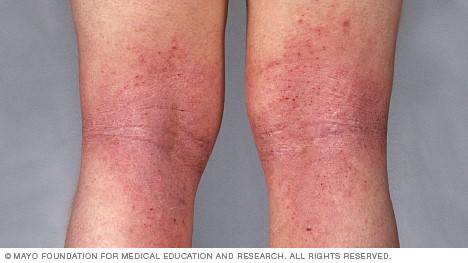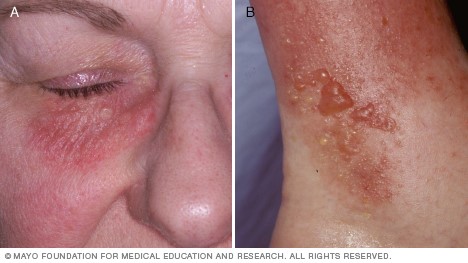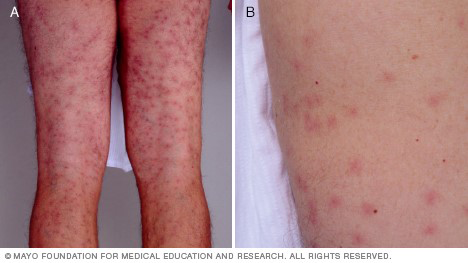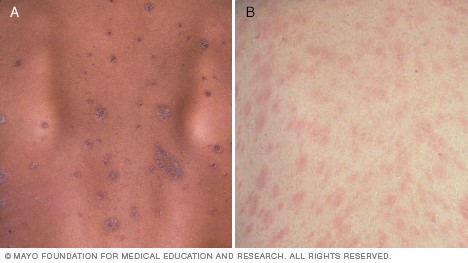Skin cancer does not discriminate by age, gender or ethnicity. It is important to know the signs of skin cancer and perform a monthly self-skin check to spot potential malignancies early. According to Sean Pattee, MD, Board-Certified Dermatologist and Fellowship-Trained Mohs Surgeon with Forefront Dermatology, “while skin cancer can occur anywhere on your body, approximately 85% of cases are located on the head and neck – the most sun exposed area of your body year-round. As a dermatologist, when we educate our patients on examining their own skin, we commonly refer them to the ABCDE’s.”
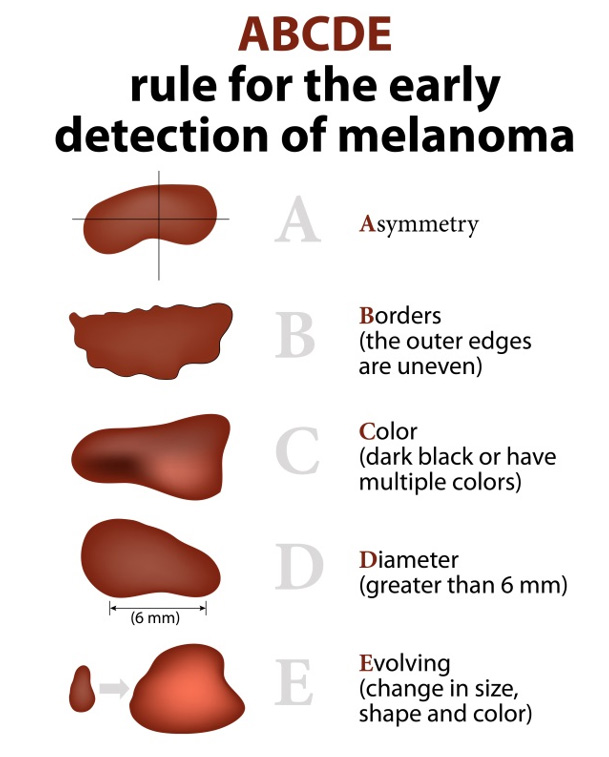
Asymmetry
Melanoma lesions are often irregular, or not symmetrical, in shape. A non-cancerous mole is typically symmetrical in shape. If you were to draw a line through the middle of a mole, the two halves should roughly match.
Border
Typically a non-cancerous mole will have smooth, even borders. Melanoma lesions usually have irregular boarders that are difficult to define.
Color
A non-cancerous mole is commonly a single shade of brown or tan. If there is a presence of more than one color, or uneven distribution of color this can be a warning sign of melanoma. Melanoma can occur in a variety of colors including brown, black, red, blue, or purple. These spots can be flat or raised and can bleed easily. Non-melanoma skin cancer, also known as basal and squamous cell carcinoma, typically appear as small, pearly, or pale bumps or as dark red patches that can be raised, flat or scaly in texture.
Diameter
Non-cancerous moles are typically smaller than malignant ones. If its diameter is greater than a pencil eraser, it may be a sign that it is growing or changing. Larger moles that have been stable for an extended period of time are not typically cause for concern; though continued observation is recommended.
Evolving
The evolution of a mole is the most important factor to consider when performing a self-skin check. This is why monthly checks are so important. If you know what is normal, you will easily be able to tell if it has grown, or evolved, overtime.
Be Proactive
Remember, early detection saves lives and a simple, yearly in-office skin screening with your local board-certified Forefront Dermatologist can truly mean the difference between life and death. Contact us today to schedule your annual skin screening.
